Firstly, I would like to apologise for the lack of a Project Information last week. This week we are looking at another Great Western Railway (GWR) ‘County’ class, this time the smaller earlier Churchward-designed class. After exploring the history of the original class of 40, we will then look at the background and progress of the Churchward County Trust in building the 41st member.
History of the Churchward Counties
Unlike most Churchward designs, the 38XX ‘Counties’ didn’t start off as a prototype, with a batch of 10 order in 1904. Essentially, they shortened 29XX ‘Saint’, with a 4-4-0 wheel arrangement and the Swindon No.4.
In total 40 engines were built in three batches. Batch one featured braked bogie wheels a feature later removed from all GWR locomotive. The 38XXs had all the typical GWR features incorporated either when built or when the engines passed through Swindon works.
These include ‘Holcroft Curves’ (dropped ends on the running plate), superheater, top feed and cast iron tapered chimneys.

Originally, the class was numbered in the 34XX series, with the first member being numbered and named 3473 “County of Middlesex”. In 1912, however, the Counties were renumbered into the 38XX series, with “County of Middlesex” becoming No.3800.
Performance
As mentioned earlier, the Counties were essentially shortened Saints, with 4-4-0. This wheel arrangement caused the class its biggest problems, rough riding at speed and heavy hammer blow. The heavy hammer blow was caused by using the same weight to counter balance as a Saint, but over two coupled wheelsets instead of the three the Saints have.
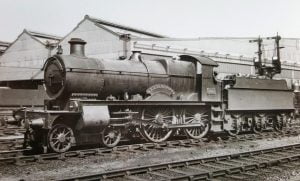
Despite this, the class were useful engines, especially working over London and North Western Railway’s Hereford to Shrewsbury line. The GWR had running powers for the line, but the Saints were banned. The Counties being the perfect compromise, powerful 4-4-0s. The 38XXs could be seen across the whole of the GWR’s routes, with Swindon and Oxford having the biggest allocations in the early 1930s.
Withdrawal
1930 saw the first class member withdrawn, 3833 “County of Dorset” which had been allocated at Swindon on withdrawal. Three years later and 3834 “County of Somerset” became the last engine to be withdrawn, in November 1933. Over their roughly 20-25 year life, most members of the class clocked up 900,000 miles. 3836 “County of Warwick” ran the most miles in service, this being 1,044,235 miles.
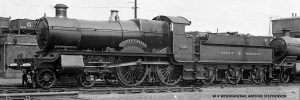
History of the Churchward County Trust
The plans to built a Churchward County class date back to 2005, when the Great Western Society (GWS) made an agreement with Vale of Glamorgan Council. As part of this agreement, a Churchward County was planned to be built using the components from the Ex-Barry condition engines the GWS have obtained from the agreement. The Hawksworth County was started and is now at an advanced stage in construction (more information about this project can be found here) but the Churchward County hadn’t seen much progress, apart from gathering components.
After discussions between GWS members, November 2017 saw the GWS approve the formation of the new organisation in order to complete the project, thus the Churchward County Trust was created. The trust is independent from but affiliated with the GWS. Once the frame is competed the GWS will donate the components they have gathered for a Churchward County to the trust, as this will show the society the trust is capable of completing the project.
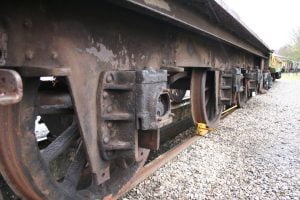
The Gloucestershire Warwickshire Steam Railway have offered Toddington as a base for the new build Churchward County, which will hopefully see the engine completed and running on the line.
Progress so far on building 3840 “County of Montgomery”
The components the GWS have obtained for the new Churchward County include Swindon No.4 Boiler (from No.5227), two bogie wheelsets, four axleboxes, eight hornguides, four spring hangers, four brake hanger brackets, one reversing lever and a Churchward 3,500 gallon tender frame. Most of the components that need to be built from scratch already have patterns produced for them, such as the 6ft 8 1/2in driving wheels, as the GWS produced the pattern to built new build Saint class No.2999 “Lady of Legends” (more information on this project can be found here).
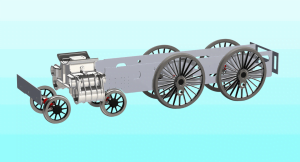
Focus at the moment is on producing Computer Aided Design (CAD) drawings. In February, the new trust obtained they first part of the engine, a brass vacuum brake control valve. The trust is still relatively new (only 5 months old) and trying to raise funds in order to start placing orders for major components such as the frame.
For further information or to support the Churchward County Trust, please visit their website here
We hope you enjoyed this week’s Project Information. Join is next week where we look at another new build steam project.
- Visit the RailAdvent news homepage
For the latest railway news


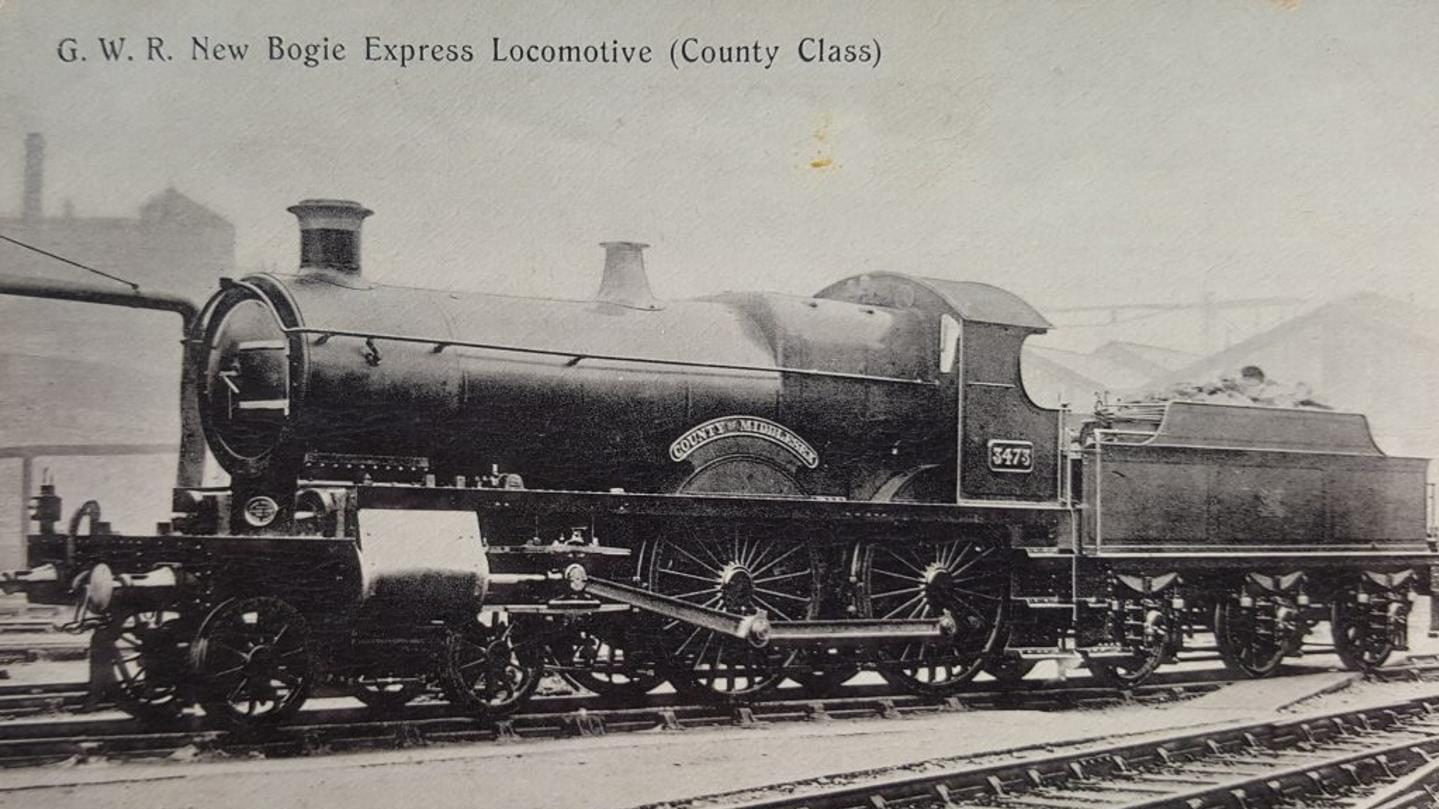



Responses
Would be nice if it become No.1000 County Of Middlesex the porotype. with the double chimney.